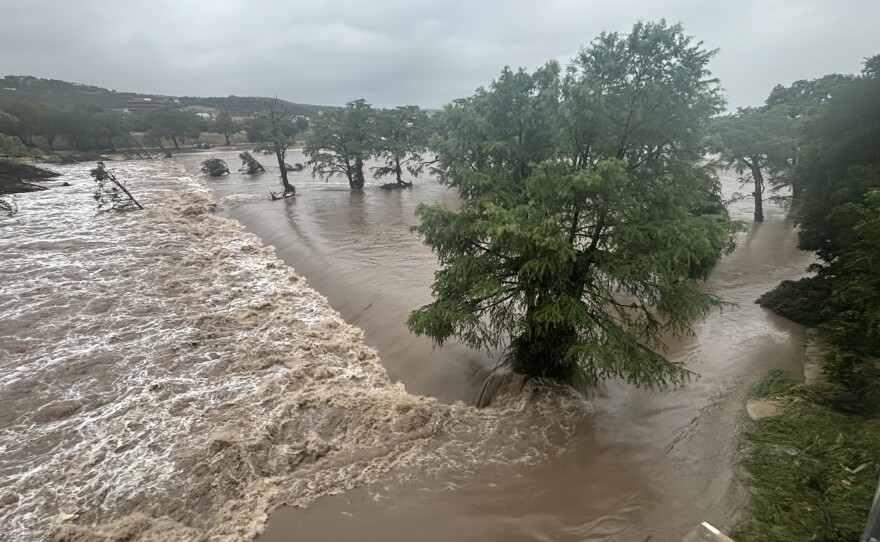
This past week, a devastating flash flooding swept through Kerr County, Texas, leaving a tragic toll in its wake. According to local officials, at least 82 people lost their lives and more than 40 individuals remained missing as of Sunday evening. The most heart-wrenching aspect of the disaster involved a group of young campers and a counselor at Camp Mystic, located near the banks of the Guadalupe River.
The flooding was caused by an extreme weather event that delivered a month's worth of rain in less than two hours. The Guadalupe River rose 22 feet in just two hours, eventually reaching nearly 30 feet before flood gauges were overtaken. Entire cabins were swept away, homes destroyed, and roads rendered impassable.
Governor Greg Abbott issued a disaster declaration for 15 counties and confirmed that more than 1,000 local, state, and federal responders have been deployed for ongoing search-and-rescue efforts. The Texas National Guard and Department of Public Safety are assisting operations, with helicopters and drones surveying the area for survivors.
Why This Matters for Austin Residents
Although the hardest-hit areas are west of Austin, this event is a reminder that Central Texas is one of the most flash-flood-prone regions in the United States. With the combination of complex terrain, narrow valleys, and tropical moisture from the Gulf, flash floods can develop quickly and without much warning.
In fact, flash floods are the leading cause of weather-related fatalities in Texas. While Austin has robust infrastructure, including drainage systems and flood control channels, extreme weather patterns are becoming more frequent. Preparedness is key.
Flood Safety Tips for Austin Homeowners
- Know Your Flood Risk: Use the FEMA Flood Map tool or check with the City of Austin’s floodplain management resources to see if your home is in a high-risk area.
- Sign Up for Alerts: Austin residents can receive emergency alerts by texting ATXfloods to 888777 or signing up at ATXFloods.com.
- Buy Flood Insurance: Standard homeowners insurance doesn’t cover flooding. The National Flood Insurance Program (NFIP) offers affordable options.
- Prepare an Emergency Kit: Include bottled water, non-perishable food, flashlights, batteries, important documents, and medication.
- Have an Evacuation Plan: Know your routes and have a family communication strategy in place.
Resources for Families Affected by Flooding
- Texas Division of Emergency Management (TDEM): https://tdem.texas.gov/
- Central Texas Red Cross: Offers shelter, food, and crisis support — Red Cross Central TX
- FEMA Assistance: If federal aid is activated, check DisasterAssistance.gov for how to apply.
Final Thoughts
While Austin was spared the brunt of this disaster, we’re part of the same landscape. It’s essential to stay informed and take proactive steps to protect your home and loved ones. And if you're considering buying or selling a home in a flood-prone region, work with a trusted expert who understands the terrain and how to mitigate risks.
If you have questions about flood zones, insurance requirements, or safe neighborhoods in Austin, connect with the best realtor in Austin for informed, honest guidance.
📱 Call or text Brendan Sanford at (512) 696-0673
📧 Email: [email protected]
Let’s talk safety, strategy, and smart homeownership in Central Texas.